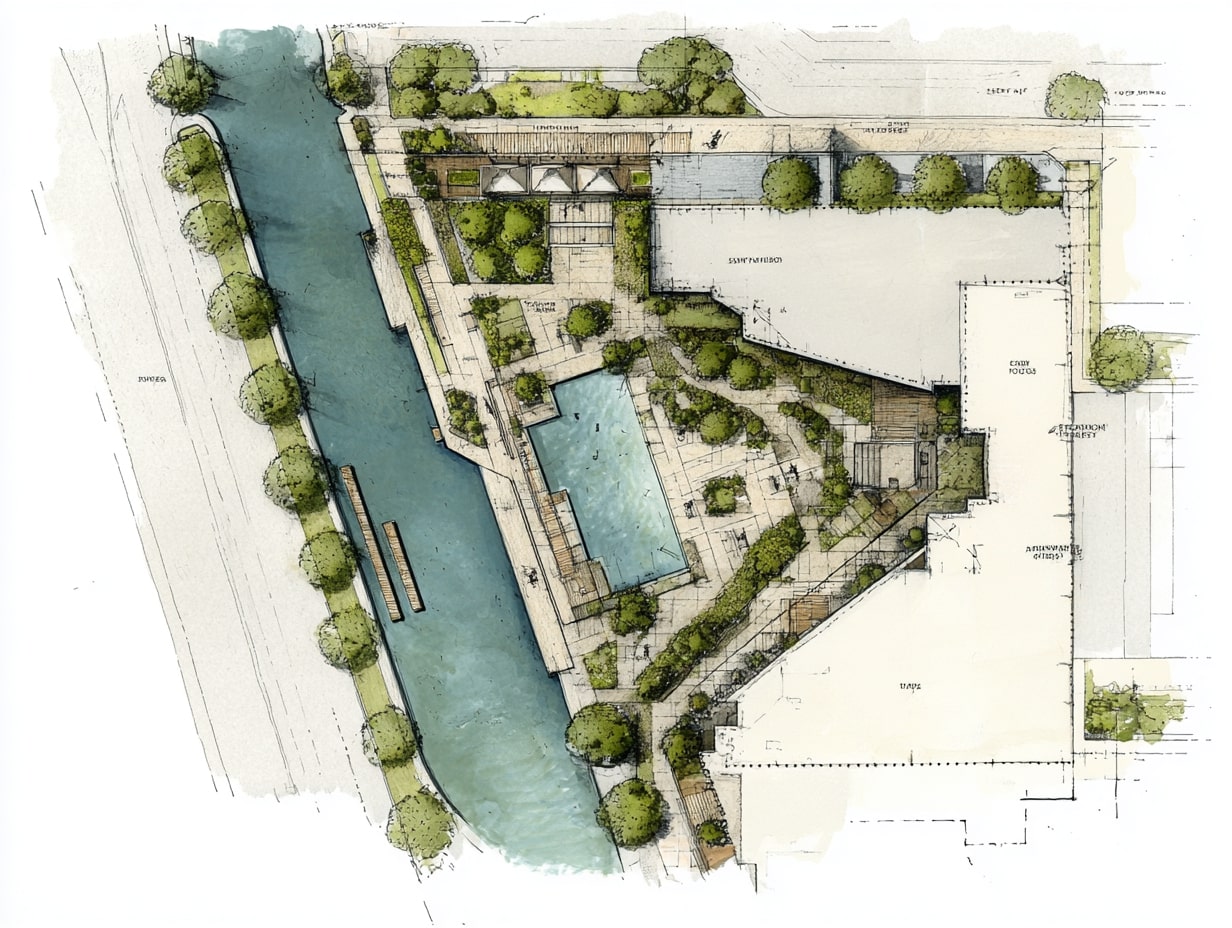- Home
- Articles
- Architectural Portfolio
- Architectral Presentation
- Inspirational Stories
- Architecture News
- Visualization
- BIM Industry
- Facade Design
- Parametric Design
- Career
- Landscape Architecture
- Construction
- Artificial Intelligence
- Sketching
- Design Softwares
- Diagrams
- Writing
- Architectural Tips
- Sustainability
- Courses
- Concept
- Technology
- History & Heritage
- Future of Architecture
- Guides & How-To
- Art & Culture
- Projects
- Interior Design
- Competitions
- Jobs
- Store
- Tools
- More
- Home
- Articles
- Architectural Portfolio
- Architectral Presentation
- Inspirational Stories
- Architecture News
- Visualization
- BIM Industry
- Facade Design
- Parametric Design
- Career
- Landscape Architecture
- Construction
- Artificial Intelligence
- Sketching
- Design Softwares
- Diagrams
- Writing
- Architectural Tips
- Sustainability
- Courses
- Concept
- Technology
- History & Heritage
- Future of Architecture
- Guides & How-To
- Art & Culture
- Projects
- Interior Design
- Competitions
- Jobs
- Store
- Tools
- More
How Architects are Innovating to Create Greener and More Efficient Buildings

In the quest to combat climate change and promote sustainability, architects around the world are pushing the boundaries of innovation to design buildings that are not only aesthetically pleasing but also environmentally responsible and energy-efficient. This blog delves into the cutting-edge strategies and technologies that are shaping the future of green architecture, highlighting how these approaches are making buildings more sustainable, efficient, and in harmony with the natural world.
The imperative for greener and more efficient buildings lies in their profound capacity to address the escalating environmental challenges of our era, notably climate change, by significantly reducing global energy consumption and carbon emissions. Beyond environmental benefits, such buildings enhance occupant well-being through improved air quality and natural light, while also offering economic advantages by lowering operational costs. In an age where sustainability has become a global priority, the transition towards green architecture is not just a trend but a necessity, underscoring the role of innovative design in fostering a healthier, more sustainable, and economically viable future for our planet and its inhabitants.

Table of Contents
Toggle1. Embracing Nature with Biophilic Design
Biophilic design is a revolutionary approach that seeks to connect building occupants more closely with nature. This design philosophy incorporates natural light, vegetation, natural materials, and other elements of the natural world into the built environment. By doing so, biophilic design aims to improve indoor air quality, increase occupant well-being, and reduce energy consumption. For example, the use of living walls not only enhances air quality but also acts as a natural insulator, reducing the need for heating and cooling.
2. Advancing Energy Efficiency with Smart Buildings
Smart buildings utilize advanced technologies and integrated systems to automatically control lighting, heating, cooling, ventilation, and other building operations to optimize energy use. Sensors, IoT (Internet of Things) devices, and AI (Artificial Intelligence) algorithms can predict and adapt to the changing needs of the building occupants and the surrounding environment, thereby significantly reducing waste and energy consumption. This adaptive energy management makes buildings more responsive and efficient, leading to substantial reductions in carbon footprint.

3. Incorporating Renewable Energy Sources
The integration of renewable energy sources like solar panels, wind turbines, and geothermal systems into building designs is becoming increasingly common. These systems allow buildings to generate their own clean energy, reducing reliance on fossil fuels and lowering greenhouse gas emissions. Innovative solutions, such as building-integrated photovoltaics (BIPV), not only serve as power generators but also as architectural elements, contributing to both the building’s energy efficiency and its aesthetic appeal.
4. Pioneering with Sustainable Building Materials
The choice of building materials plays a critical role in the environmental impact of a building. Architects are now prioritizing materials that are sustainable, recyclable, and have a low carbon footprint. Bamboo, for instance, is a fast-growing renewable resource that is becoming a popular alternative to traditional hardwoods. Similarly, the use of recycled steel, glass, and plastic helps to reduce the demand for new materials and lowers the building’s overall carbon footprint.
5. Designing for Water Efficiency
Water scarcity is a pressing global issue, and architects are responding by designing buildings that consume less water and maximize water reuse. Rainwater harvesting systems collect and store rainwater for non-potable uses such as irrigation and flushing toilets. Greywater recycling systems, which reuse water from sinks, showers, and laundry, further reduce water demand and help in achieving a sustainable water management strategy within buildings.
6. Fostering Community and Urban Farming
Urban farming and community gardens are becoming integral parts of green buildings, promoting local food production and community engagement. These green spaces not only provide residents with fresh produce but also contribute to biodiversity, reduce urban heat island effect, and manage stormwater runoff. By integrating agriculture into the built environment, architects are creating self-sustaining ecosystems that encourage a closer relationship between urban dwellers and their food sources.
The innovations in green architecture are a testament to the commitment of architects and designers to create a more sustainable and efficient built environment. By integrating nature with technology and prioritizing the well-being of both the planet and its inhabitants, these advancements are setting new standards for what buildings can achieve. As we move forward, the continued exploration and adoption of these green innovations will be crucial in addressing the environmental challenges of our time, paving the way for a more sustainable future.

Submit your architectural projects
Follow these steps for submission your project. Submission FormLatest Posts
Understanding Site Safety Footwear in Architectural Practice
Architecture is often discussed through drawings, models, and finished buildings, yet a...
General Arrangement Drawings in Architecture: The Backbone of Clear Design Communication
General Arrangement Drawings explained: what they are, when to use them, how...
The Ultimate Guide to Fencing in North Dakota: Choosing the Best Fence for Your Property
Watching a chain link fence twist in 70 mph winds near Minot...
Gaudí: Where Architecture Meets Science
Gaudí: Where Architecture Meets Science shows catenary arches, ruled surfaces, and biomimicry...












Leave a comment